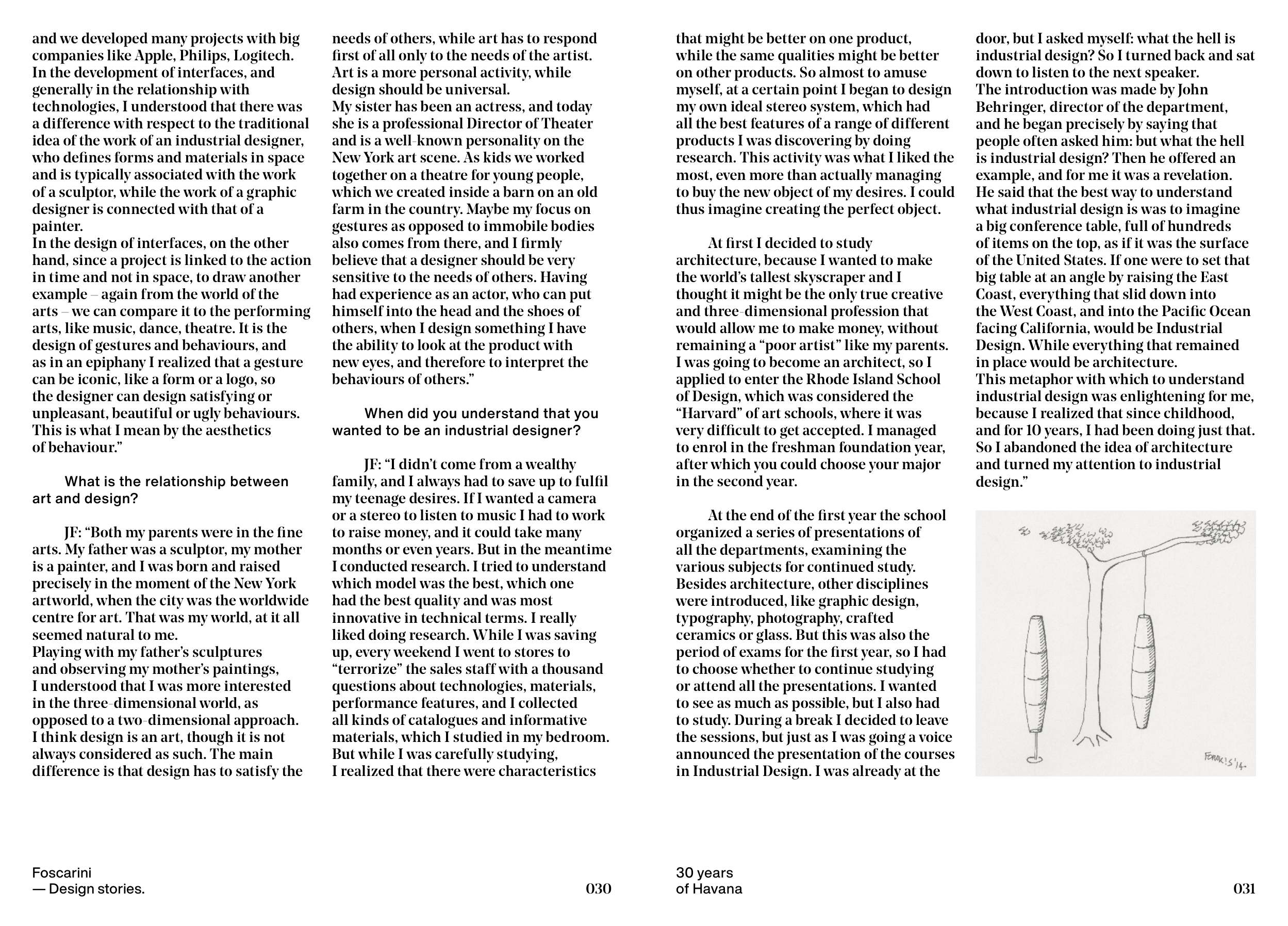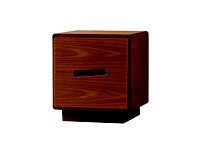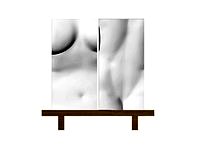030
031
30 years
of Havana
Foscarini
— Design stories.
and we developed many projects with big
companies like Apple, Philips, Logitech.
In the development of interfaces, and
generally in the relationship with
technologies, I understood that there was
a difference with respect to the traditional
idea of the work of an industrial designer,
who defines forms and materials in space
and is typically associated with the work
of a sculptor, while the work of a graphic
designer is connected with that of a
painter.
In the design of interfaces, on the other
hand, since a project is linked to the action
in time and not in space, to draw another
example – again from the world of the
arts – we can compare it to the performing
arts, like music, dance, theatre. It is the
design of gestures and behaviours, and
as in an epiphany I realized that a gesture
can be iconic, like a form or a logo, so
the designer can design satisfying or
unpleasant, beautiful or ugly behaviours.
This is what I mean by the aesthetics
of behaviour.”
What is the relationship between
art and design?
JF: “Both my parents were in the fine
arts. My father was a sculptor, my mother
is a painter, and I was born and raised
precisely in the moment of the New York
artworld, when the city was the worldwide
centre for art. That was my world, at it all
seemed natural to me.
Playing with my father’s sculptures
and observing my mother’s paintings,
I understood that I was more interested
in the three-dimensional world, as
opposed to a two-dimensional approach.
I think design is an art, though it is not
always considered as such. The main
difference is that design has to satisfy the
needs of others, while art has to respond
first of all only to the needs of the artist.
Art is a more personal activity, while
design should be universal.
My sister has been an actress, and today
she is a professional Director of Theater
and is a well-known personality on the
New York art scene. As kids we worked
together on a theatre for young people,
which we created inside a barn on an old
farm in the country. Maybe my focus on
gestures as opposed to immobile bodies
also comes from there, and I firmly
believe that a designer should be very
sensitive to the needs of others. Having
had experience as an actor, who can put
himself into the head and the shoes of
others, when I design something I have
the ability to look at the product with
new eyes, and therefore to interpret the
behaviours of others.”
When did you understand that you
wanted to be an industrial designer?
JF: “I didn’t come from a wealthy
family, and I always had to save up to fulfil
my teenage desires. If I wanted a camera
or a stereo to listen to music I had to work
to raise money, and it could take many
months or even years. But in the meantime
I conducted research. I tried to understand
which model was the best, which one
had the best quality and was most
innovative in technical terms. I really
liked doing research. While I was saving
up, every weekend I went to stores to
“terrorize” the sales staff with a thousand
questions about technologies, materials,
performance features, and I collected
all kinds of catalogues and informative
materials, which I studied in my bedroom.
But while I was carefully studying,
I realized that there were characteristics
that might be better on one product,
while the same qualities might be better
on other products. So almost to amuse
myself, at a certain point I began to design
my own ideal stereo system, which had
all the best features of a range of different
products I was discovering by doing
research. This activity was what I liked the
most, even more than actually managing
to buy the new object of my desires. I could
thus imagine creating the perfect object.
At first I decided to study
architecture, because I wanted to make
the world’s tallest skyscraper and I
thought it might be the only true creative
and three-dimensional profession that
would allow me to make money, without
remaining a “poor artist” like my parents.
I was going to become an architect, so I
applied to enter the Rhode Island School
of Design, which was considered the
“Harvard” of art schools, where it was
very difficult to get accepted. I managed
to enrol in the freshman foundation year,
after which you could choose your major
in the second year.
At the end of the first year the school
organized a series of presentations of
all the departments, examining the
various subjects for continued study.
Besides architecture, other disciplines
were introduced, like graphic design,
typography, photography, crafted
ceramics or glass. But this was also the
period of exams for the first year, so I had
to choose whether to continue studying
or attend all the presentations. I wanted
to see as much as possible, but I also had
to study. During a break I decided to leave
the sessions, but just as I was going a voice
announced the presentation of the courses
in Industrial Design. I was already at the
door, but I asked myself: what the hell is
industrial design? So I turned back and sat
down to listen to the next speaker.
The introduction was made by John
Behringer, director of the department,
and he began precisely by saying that
people often asked him: but what the hell
is industrial design? Then he offered an
example, and for me it was a revelation.
He said that the best way to understand
what industrial design is was to imagine
a big conference table, full of hundreds
of items on the top, as if it was the surface
of the United States. If one were to set that
big table at an angle by raising the East
Coast, everything that slid down into
the West Coast, and into the Pacific Ocean
facing California, would be Industrial
Design. While everything that remained
in place would be architecture.
This metaphor with which to understand
industrial design was enlightening for me,
because I realized that since childhood,
and for 10 years, I had been doing just that.
So I abandoned the idea of architecture
and turned my attention to industrial
design.”




